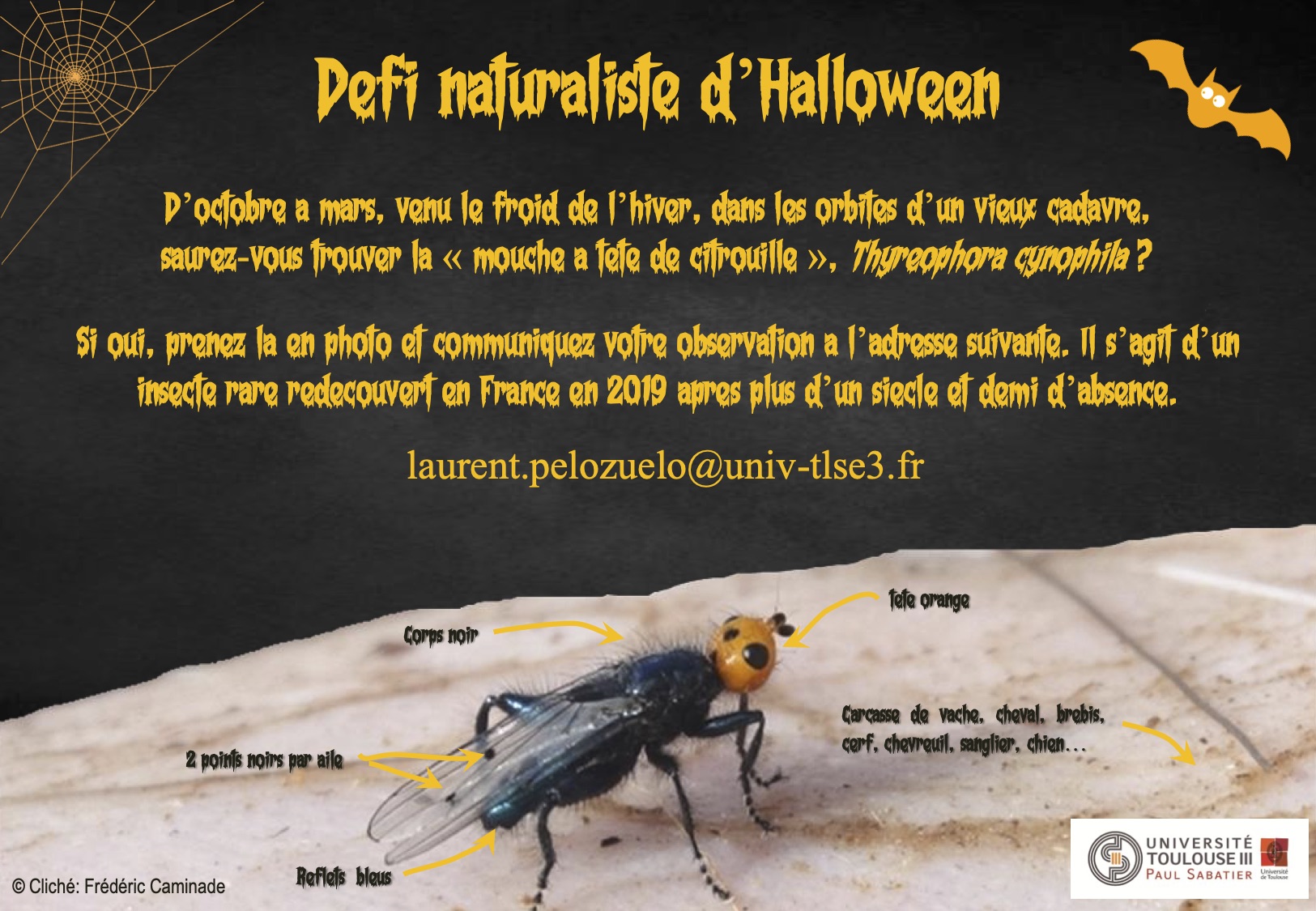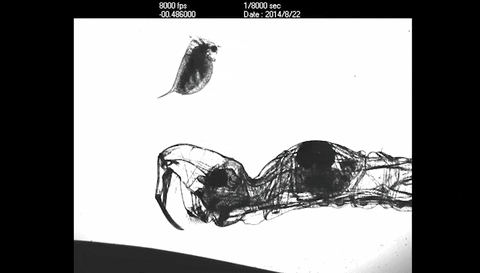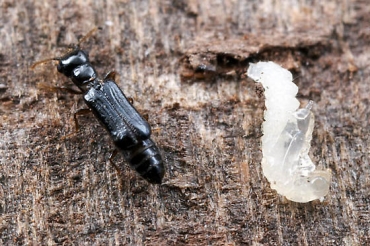Thyreophora cynophila Thyreophora cynophila had not been observed < 160 years ago than the orange head of a fly specimen ! This species of the family Piophilidae (photos below), described in 1798 by the botanist and entomologist G.W.F. Panzer (1755-1829), had last been observed near Paris in 1840. Its presence had previously been recorded in Germany, Austria and France.
His absence during all these decades earned him his inclusion in the list of European animals considered extinct, making this fly the only representative of the order Diptera considered extinct and the only case of eradication by man.
Its reappearance is therefore an exceptional event. It is during a campaign of studies and traps of sarcosaprophagous insects, conducted by the Spanish entomologist D. Martin-Vega in the Madrid region, only one day in January 2007, during trap surveys, 6 individuals of T. cynophila appeared to researchers among hundreds of specimens of other fly species.
These new specimens are added to the 16 others known to date and present in the collections of Europe, these 8 males, 7 females and one sex not determined, being distributed in seven European Natural History Museum : 4 in Paris, 4 in Vienna, 2 in Halle (Saale), 2 in Stockholm, 2 in Berlin, 1 in Copenhagen and 1 in London.

Biology and ecology of Thyreophora cynophila
In addition to its singular appearance (see photos above), the life cycle and biology of T. cynophila are also surprising in more than one way. Adult flies are attracted to carcasses of large mammals in the rotting stage (with a preference for ungulates such as horses and donkeys), where larvae develop in large bones. Unlike the vast majority of other fly species, the phenological cycle (weather cycle) of T. cynophila occurs in winter. The individuals, nocturnal, are active between January and March. Several sources, such as the French entomologist and dipterist Justin Pierre Marie Macquart (1776-1855) in 1835, report that the head possesses a bioluminescence capacity. However, the low number of observations means that the biology, development cycle and ecology of this species remain largely unknown.
Source photos : Juan Carlos Santiago – Biodiversidadvirtual.org
Cause of a disappearance and protective measures
The disappearance of these flies would come from the sum of multiple events. According to Menier (2003), the possible extinction of T. cynophila would result from the disappearance of large predators, such as wolves, in Western Europe, capable of breaking and crushing the large bones in which larvae develop, making inaccessible the main food source of T. cynophila. For Linder (1949), the particular phenology of the species would make it invisible to entomologists who limit their observations and collections during winter, especially on carcasses.
Added to this, the increase in human activities leading to pollution, fragmentation of environments, introduction of invasive species and climate change that disrupt insect populations, or even their disappearance, although this remains difficult to observe. For example, Dunn (2005) estimates that nearly 44,000 insect species have disappeared in the last 600 years, while only 40 extinctions are known to have !
The discovery of several specimens of Thyreophora cynophila raises the question of the viability of the population and the measures to be taken for its conservation and maintenance. It would be a question of preserving an environment offering a sufficient quantity of corpses, something difficult since the bovine spongiform encephalopathy crisis in Europe.
As Russian dipterist Sergey Paramonov (1894-1967) indicated in 1954, it is likely that the species is not so exceptional in nature, but only that their collection is rare. Who would, in fact, collect flies at night, in the middle of winter, on large corpses?
Video :
Source
– Martin-Vega D. ; Baz A. & Michelsen V. (2010) : Back from the dead : Thyreophora cynophila (Panzer, 1798) (Diptera : Piophilidae) “Globally extinct” fugitive in Spain. Systematic Entomology, 35:607-613 (lien)
Other surprising fly species
Diopsidae
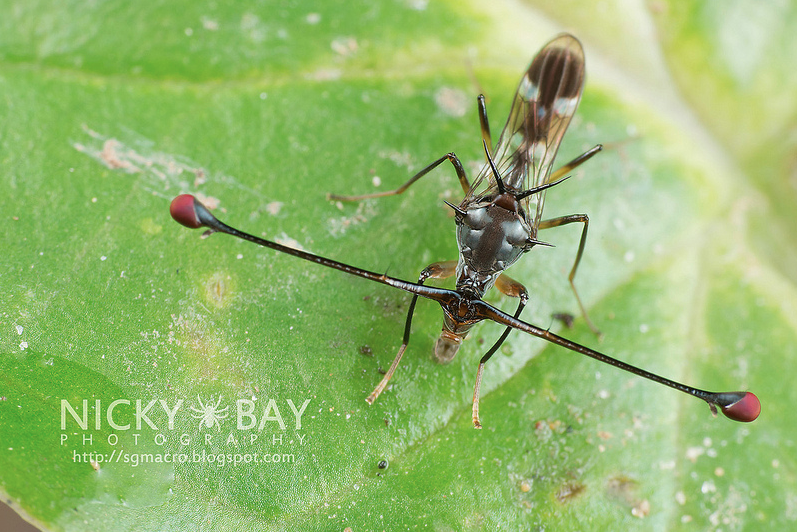
Celyphidae
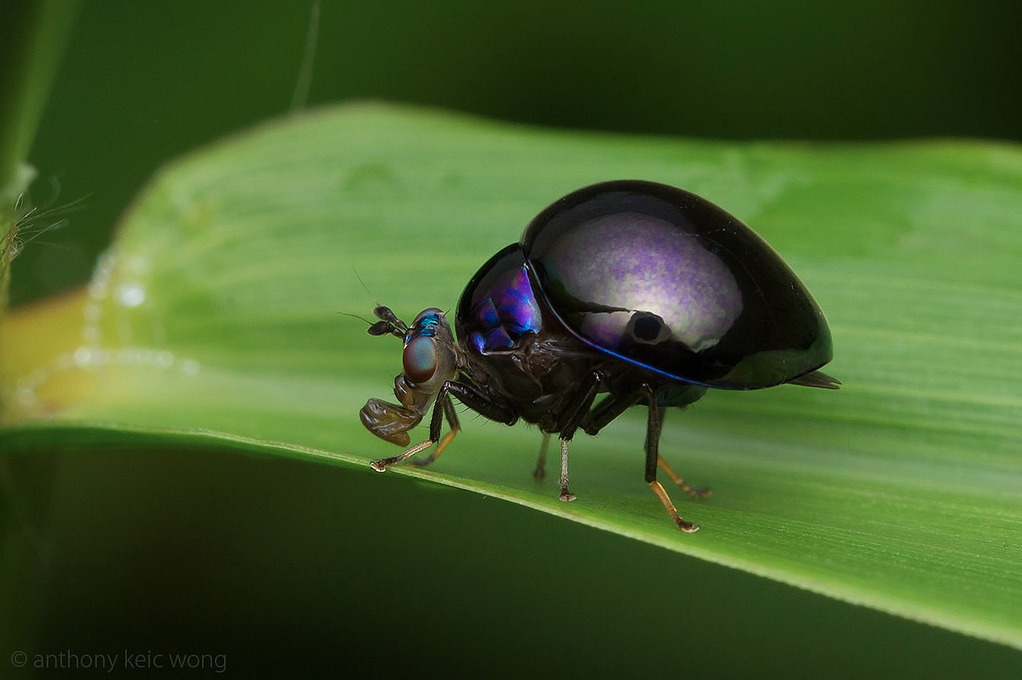
Recommendations for books on this theme
- Little and great stories of missing animals
(Damien Laverdunt – Editions Actes Sud Junior – 77 pages – August 25, 2010)
- Animaux disparus. History and photographic archives
(Errol Fuller – Editions Delachaux – 256 pages – 20 February 2014)
- Are we all destined to disappear? : Misconceptions about species extinction
(Eric Buffetaut – Editions le Cavalier Bleu – 153 pages – June 7, 2012)

